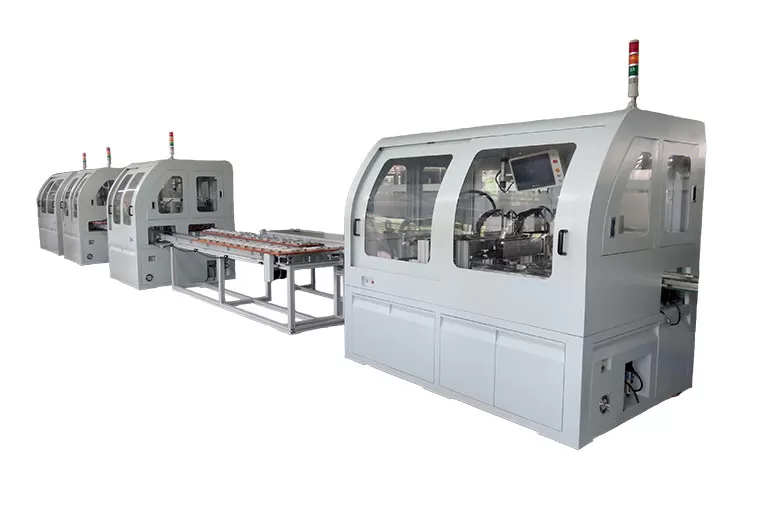Which sectors benefit the most
Without manufacturing automation, many industries would collapse, especially in today's demanding economy. Automation helped auto companies recover after the recession, when there were labor shortages. Electronics manufacturing is booming thanks to the high output production talent of ARTIFICIAL intelligence. In fact, it's the only way they can keep up with consumer smartphones, tablets and other gadgets. The healthcare and social assistance industries have also become more automated because of the amount of information that needs to be shared.

Types of jobs generated by automation
One of the frustrations of automation is that some jobs will be lost. Yet, as a study of automation by Deloitte in the UK reveals, millions of jobs have been created to replace those no longer needed. As robots can handle more labor-intensive tasks faster and more accurately than their human counterparts, this type of employment is likely to decline in favor of higher-quality, better-paying skilled jobs. This includes jobs in robotics, artificial intelligence, digital marketing and more.
Areas where automation excels
Although automation cannot replace human factors in some areas, such as administration and interfaces, there are several places where it can be used effectively. Automation covers 478 billion working hours in manufacturing alone, according to McKinsey. They also found that 60% of factories could benefit from automated solutions, such as collecting and processing data, and of course 90% of predictable physical tasks. It can also help deal with unpredictable physical factors.
What to consider before investing in custom machine automation
Loss of loyal employees
There are some things that are not ideal about automation. As much as 80 per cent of the workforce could be displaced in the transition. Workers who are unwilling or unable to improve their abilities may also have difficulty finding work at comparable wage rates. The industries most affected are warehousing, manufacturing and transportation.
Limit personal contact
Another problem with using automation instead of people is that robots and ARTIFICIAL intelligence cannot replicate the empathetic and personal relationships with customers.
Loss of flexibility
In addition, programming and reprogramming takes time and effort, so using automated software and artificial intelligence can challenge the ability to make frequent changes to processes after they have been identified.
Expand the field of vision
Although the role of men and women in manufacturing now seems to be shrinking thanks to new robotic operations, the truth is that it has simply changed. Now, the focus on human involvement is more on other fields like robot designers and engineers. Software development, research and marketing departments are also in high demand. So there's no reason to panic, because manufacturing labor and custom automated machines will need to rely on each other to reach new heights for the foreseeable future.
Previous: Why We Choose the Tea Packaging Machine
Copyright:@2020-2021
Comments Please sign in or sign up to post.
0
0 of 500 characters used